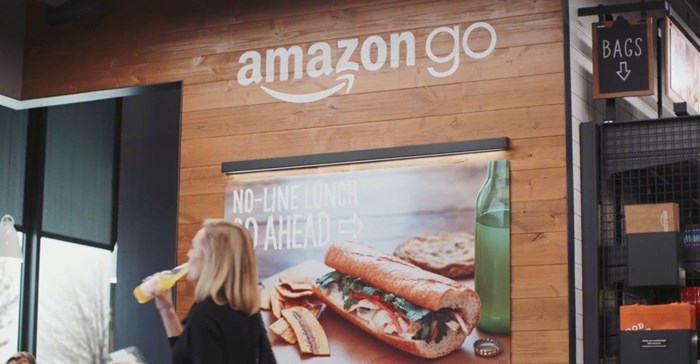Shoppers simply check into the store with the Amazon Go app, take the products they want, and walk out. That’s it - no need to stand in a queue, check out at a point of sale and whip out your credit card to pay. It’s a retail experience as simple and seamless as ordering an Uber.
In the background, scanners and cameras watch you as you move through the store, the AI keeps tabs on the items you have taken from the shelves, and the goods you have picked up are charged to your account when you leave. The technology is impressive but probably too expensive for a country like South Africa, where labour costs are low and self-service at the point of sale has yet to take off.
An approach for South Africa
That raises the question of what an AI-powered retail experience might look like in South Africa. Perhaps it may more closely resemble the approach Alibaba has taken with its Hema Stores in China, albeit with a few tweaks. Here’s how Hema works: people scan barcodes using their smartphones to find more product information or add goods to their basket.
Once they’re done, customers can walk out with their goods or have them delivered to their homes within 30 minutes. Though automation might raise trade union hackles and fears of job losses, this model needn’t necessarily see people replaced with AI. Instead of cutting jobs, retailers could retrain cashiers to become customer service representatives.
These reps will be on hand to greet customers, answer questions, and provide support to less tech-savvy people who are not ready for an automated shopping experience. This could be a win-win, elevating the customer experience as well as enabling the workforce to have a more rewarding work experience than sitting at a till, scanning barcodes and taking payments all day.
It’s not going to be about slashing the wage bill
The question arises around what the goal would be of adopting this sort of automation, if not to reduce the wage bill. Though this technology is potentially cheaper and simpler than the Amazon Go setup, enabling a store would still involve some degree of IT investment. So why would any retailer do it?
The answer, I believe, lies in the richness of the data retailers can gather by automating and digitising their brick and mortar stores. There is a rich vein of consumer information waiting to be tapped. Sure, local online retailers and tech giants like Google and Facebook have deep insight into the shopping behaviour of South Africa’s digital shoppers.
But as World Wide Worx research indicates, online shopping accounts for less than 2% of annual retail sales in South Africa. Many retailers gather data about some of their customers via mechanisms such as rewards programmes and loyalty cards, but the reality is that none have a complete view of the brick-and-mortar customer they can use to deliver more personalised messaging and experiences.
The convergence of online and offline data
Imagine if retailers had a 360-degree view of consumers’ online and offline engagements with their business. Reps at their brick-and-mortar stores could access consumer data to offer the sort of highly contextual and tailored experience we have all come to expect from digital channels.
People who are comfortable with the app could shop, scan what they want to buy, and walk out leaving behind them a trail of data. Those not yet ready for the technology would have a customer service person to guide them through the experience, enabling the retailer to gain more data on people who did not have a digital footprint before.
Goods could be delivered for people who don’t own cars and live within a few kilometres of the store, bringing the convenience of on-demand shopping to new markets as well as creating local delivery jobs. Delivery costs won’t be high if local people can do bulk shopping in neighbourhood shops.
Will retailers take up this opportunity? If they don’t, we could see digital entrepreneurs take a cue from the success of the takeaway delivery services that have come to market in South Africa. Such a company could create the app, manage the delivery logistics and harvest the data.
The model could even be adaptable enough to cater for garage shops, grocery stores and even spaza shops. Stores could sign up to gain access to the tech and the customer base. They would handle the stock, while the app takes care of technology infrastructure, payments and deliveries.
Over time, the online and offline retail channels will increasingly converge. The question each retailer should ask is where it will play in a market where digital and brick-and-mortar retail will increasingly blur together.

































